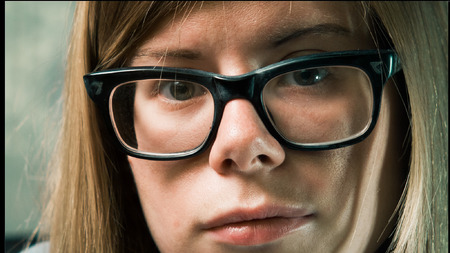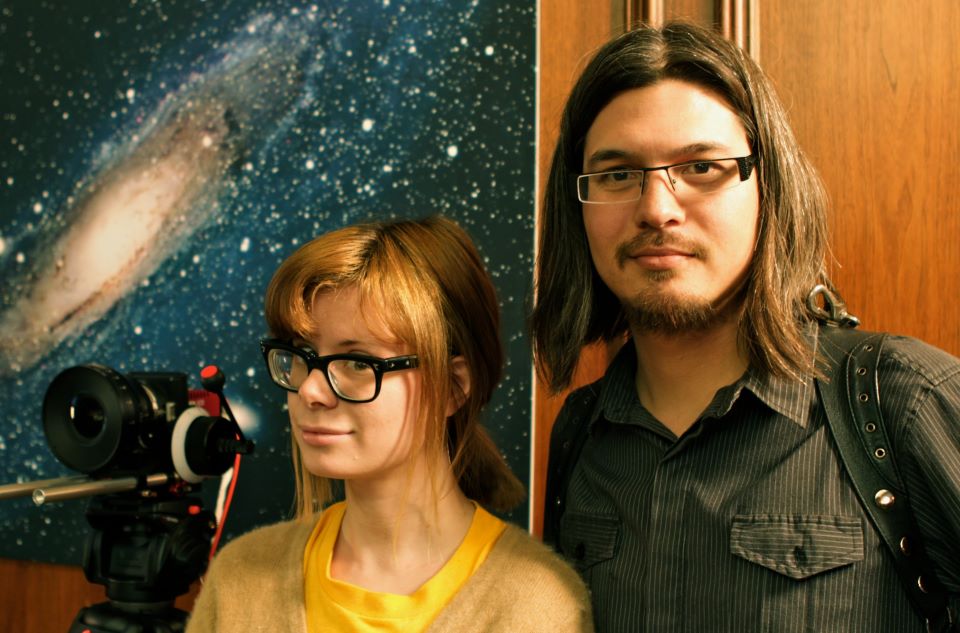My inbox this morning was crammed with mentions of a new Kickstarter campaign for a 2K digital cinema camera called, with the blessing of the nominal company, the Digital Bolex. Philip Bloom has done a terrific job of summing up the camera’s specs and raison d’être in a blog post provocatively titled The Digital Bolex D16. Raw 2K for less than a cost of a 5Dmk3?. He’s even got an audio interview with the creators, Joe Rubinstein and Elle Schneider.
In the time it’s taken me to retrieve coffee and fight my way through the rain to my desk, the campaign has funded—but there are still open pledge spots at the $2,500 mark, which earns you a first-run D16 for $800 less than the planned retail price. Less than 24 hours after launching their campaign, the Digital Bolex is a success. Hooray! Right?
I hope so. But color me… skeptimistic.
Like Philip, I also have fond memories of shooting 16mm film with a Bolex. And I can see where Elle and Joe are coming from with their design philosophy:
There is no camera on the market that offers affordable RAW quality to consumers and independent filmmakers. The Digital Bolex will mean filmmakers who prefer an uncompressed and “film like” look won’t have to spend hundreds of thousands of dollars to achieve that. Isn’t it time for the digital generation to have image quality as good as our parents had?
Aren’t these two just adorkable? I desperately want them to succeed.
But after watching the well-financed and well-intentioned Red Digital Cinema company struggle to deliver on their promises, and abandon the “3K for $3K” design/price-point of their Scarlet camera, one has to wonder if these flmmakers-turned-cameramakers have any idea of the challenges they’re about to face.
I wish no ill on anyone. I really want these guys to win. But there are a few things that give me pause as I consider whether to send these kids my heard-earned money.
- “Raw” is just a word, it’s not an acronym. So you don’t put it in all caps. Don’t you want to buy a camera made by someone who knows that? No? Just me?
- The spec sheet lists the color depth of the files as “12 bit — 4:4:4”. But the accepted understanding of a bayer-pattern sensor is that it does not deliver 4:4:4 color at its native resolution.
- That’s important. Take a nice, sharp, raw photo with your DSLR, and process it with your favorite software, such as the awesome new Lightroom 4. Now crop a 1:1 1920x1080 window out of the middle of it. Does the image quality thrill you? There’s more to Red’s 4K and 5K specs than simple pixel-count boasting and dreams of 4K presentation. Oversampling is a good thing. The 3K scarlet was as low as Red was willing to go, I imagine in part because 3K bayer downsamples to a nice, clean 1920x1080. The Canon C300 uses a 4K sensor to provide full 4:4:4 color sampling at HD resolution, even if it offers no way to get that color sampling fidelity out of the casing.
- Raw is big. The D16 is said to shoot uncompressed Cinema DNG frames of 2–3 MB each (which seems small to me) to dual CF cards. If each of those is 32 GB, that’s about 18 minutes of recording time per reload, on $130 worth of media at today’s prices.
- Raw requires transcoding. When you get home with your CF cards full of footage, you’ll be processing it with some as-yet-unknown software for a good long time before you can work with it, or even review it. I suppose you could think of this as reminiscent of sending your 16mm rolls to the lab. Except you’re the lab.
- All this adds up to a huge data footprint for images that might not be as mythologically “film like” as one would hope. For me, personally—and you are welcome to disagree, as this is a subjective as it gets—uncompressed 2K bayer is precisely the “sour spot” of digital cinema; a data-heavy, workflow-intensive image that won’t survive much pixel-peeping.
- Monitoring and focus could be an issue. The cute little viewfinder is planned to be only 320x240. Video out is also SD. HD-SDI is said to be offered “in [a] separate unit.”
- We’ve had a fun ride together over the past few years working out for ourselves what a “film like” look means to us and to an audience. Is it uncompressed 2K frames? Or is it soft, rolled-off highlights? Maybe it’s 35mm depth of field characteristics. Or maybe it’s just where you put the camera.
- Or maybe part of the new “film look” is “Look, I’m editing my film on my MacBook Air on the ride home from the shoot, because I shot to a mildly-compressed codec that’s compatible with my editing software.”
- But don’t discount 16mm sensor size. Two years ago, a film shot on Super 16 won the Best Picture Oscar—and was nominated for Cinematography, where it lost to a movie shot on 2/3” digital cameras.
- This camera almost already exists in the form of the A-Cam dll from Ikonoskop, a Swedish 16mm camera manufacturer. You can order one now for €7,700 ($10,000 US). It’s interesting that the Digital Bolex team, in celebrating the legacy of one European 16mm camera maker, is effectively claiming the ability to beat another at the digital game.
I Worry Because I Care
I’ve funded a few Kickstarter campaigns, and it’s never lost on me that It’s an odd (but kind of exciting) thing to send a stranger your money in the hopes that they’ll send you a thing sometime in the future. Joe and Elle remind me of another breakout Kickstarter project, the PID-Controlled Espresso Machine. Two adorable, scruffy guys promise something that seems too good to be true—a commercial-quality, temperature- and pressure-regulated espresso machine for a $200 pledge.
For comparison, my dual-boiler, temperature-controlled espresso machine costs $2,000 today. I recently had the PID unit replaced, and the part cost alone was over $300.
These guys were hoping for $20,000. They funded successfully—at $369,569.
They win! Right?
Well another way of looking at that is they have $370,000 of other people’s money, and less than a year to deliver 1,300 commercial-quality espresso machines to eager backers, at a price-point that no one in the coffee industry has ever touched. Have they promised the impossible?
What do they do when they hit a snag? When something costs more than they thought? When life gets in the way? When they realize they just volunteered to work their asses off for a year for a combined salary of whatever profit they can scrape from that investment that thousands of people have made?
If responsible Italians (or in my case, Spaniards) need to charge upwards of $1,500 for an burly espresso machine, and trusty Swedes need to charge $10,000 for a digital 16mm camera, one has to ask: Do scruffy hipsters know something that responsible Italians and trusty Swedes do not?
What a Grumpy Gus I am (did I mention it’s raining?). Why can’t I just be happy for these guys? Look at their adorable glasses! Every industry needs a shake-up now and then, someone to come in with a fresh perspective and no entrenched interests. Remember “Here’s to the crazy ones?”
I worry because I care. I want it to work out, I really do. Count me in for a dollar.
Check out the Digital Bolex Kickstarter page. Follow @digitalbolex on Twitter. And don’t miss the follow-up.
Update on Tuesday, March 13, 2012 at 2:52PM by
 Stu
Stu
 Monday, July 8, 2013 at 4:23PM
Monday, July 8, 2013 at 4:23PM 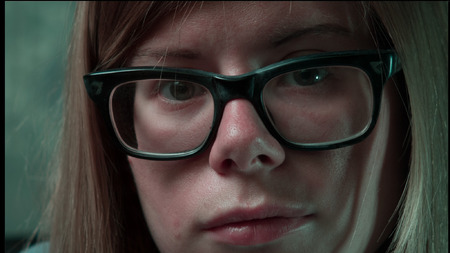 Canon 50mm Lightroom 5 Defaults
Canon 50mm Lightroom 5 Defaults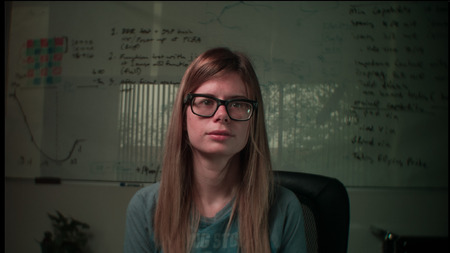 Elitar Lightroom 5 Defaults
Elitar Lightroom 5 Defaults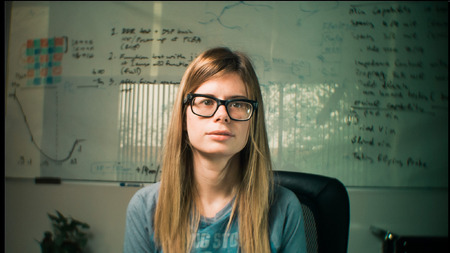 Elitar Corrected
Elitar Corrected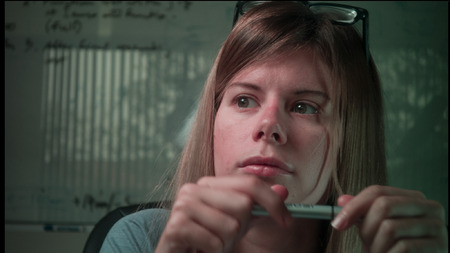 Pizar Lightroom 5 Defaults
Pizar Lightroom 5 Defaults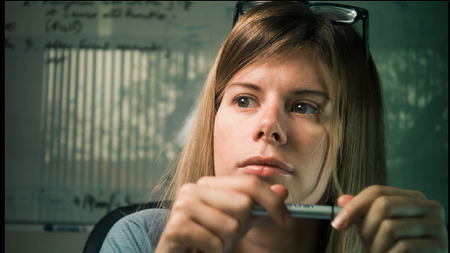 Pizar Corrected
Pizar Corrected








